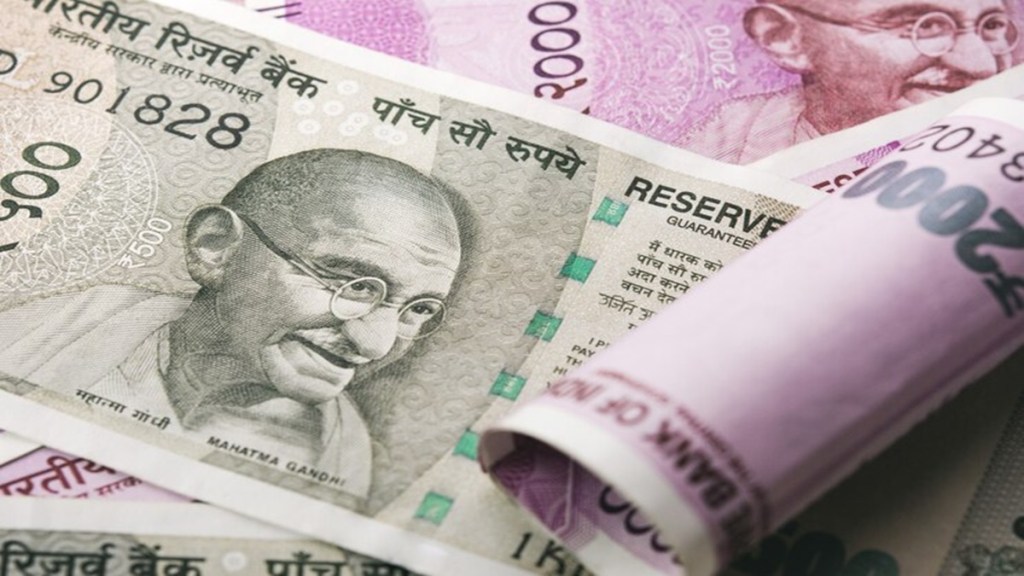After government estimates projected India’s Gross Domestic Product (GDP) growth at 6.4 per cent for FY25, representing a four-year low and a significant drop from the 8.2 per cent growth recorded in FY24, economists maintained that the real GDP is expected to grow in the range of 6.4- 6.7 per cent in FY26. Aditi Nayar, Chief Economist and Head – Research & Outreach, ICRA Limited, said, “In our view, the GDP growth in FY2026 will be crucially influenced by global uncertainties as well as domestic uncertainties, amidst considerable base effects. Benefitting from an anticipated capex push in the upcoming Budget, we project the GDP growth at 6.5 per cent in FY2026.”
Dharmakirti Joshi, Chief Economist, CRISIL, agreed, “We project the Indian economy to expand 6.7 per cent next fiscal in the base-case scenario, underpinned by public infrastructure spending, lower crude oil prices, normal monsoon and monetary easing. That said, policymakers must remain vigilant in the face of escalating geopolitical and climate risks.”
For Q3 and Q4, per Acuité Ratings & Research, GDP growth is expected to improve to 6.7 per cent and 7 per cent respectively, primarily driven by higher agricultural growth and a pickup in public capital expenditure.
Based on initial advance estimates released by the Ministry of Statistics, India’s real GDP is expected to grow by 6.4 per cent in the current financial year and the nominal GDP is projected to grow at 9.7 per cent, slightly higher than 9.6 per cent recorded in FY24. Suman Chowdhury, Chief Economist and Executive Director, Acuité Ratings & Research, said, “It may be noted that this estimate is 20 bps lower than the RBI forecast released in the MPC meeting of Dec’2024. GVA growth estimates are also at 6.4 per cent compared to 7.2 per cent in the previous fiscal. The slowdown which led to a disappointing 5.4 per cent GDP growth in the second quarter of the fiscal, seems to have been partly carried forward to the third quarter of the year.”
Sectoral growth
Apart from agriculture, the only other sector expected to record an improvement in GVA growth this year is Public Administration, Defence and Other Services, which the NSO said will rise 9.1 per cent from 7.8 per cent last year. Arsh Mogre, Economist Institutional Equities, PL Capital – Prabhudas Lilladher, said, “Agriculture is a standout performer, with growth estimated at 3.8 per cent, driven by record kharif output and improved rabi sowing, a sharp recovery from 1.4 per cent in FY24. However, industrial growth is projected to moderate to 6.2 per cent, with manufacturing lagging at 5.3 per cent, constrained by weak exports and slowing global demand. Sectorally, construction (+8.6 per cent) and financial services (+7.3 per cent) remain robust drivers, but trade and hotels (+5.8 per cent) and public utilities (+6.8 per cent) reflect deceleration, signaling uneven recovery dynamics. The external sector remains fragile, with imports forecast to grow by 9.9 per cent, outpacing export growth of 5.9 per cent, deepening the trade deficit and exposing vulnerabilities to external shocks.”
Dharmakirti Joshi from CRISIL, said, “Rural consumption, which constitutes about 60 per cent of India’s total private consumption according to the Household Consumption Expenditure Survey 2023-24, will receive a boost from healthy kharif production and promising prospects for the rabi season. This is reflected in higher agricultural growth estimated for this fiscal.”
Suman Chowdhury from Acuité Ratings & Research, said, “Industrial growth has remained tepid, reflecting the absence of a robust broad-based demand in the economy. Nevertheless, there is a strong recovery in agriculture, with real GVA in the sector estimated to grow by 3.8 per cent, a significant improvement from last year’s 1.4 per cent growth, indicating strong rural demand and better agricultural productivity this year, with a robust Kharif season and good Rabi sowing so far.”
Expenditure patterns
In terms of expenditure patterns, Private Final Consumption Expenditure (PFCE) at constant prices, has witnessed a growth rate of 7.3 per cent during FY25 and the Government Final Consumption Expenditure (GFCE) at constant prices, has rebounded to a growth rate of 4.1 per cent. Dharmakirti Joshi said, “The decline in government capital expenditure, a key driver of post-pandemic recovery, during the second quarter is unlikely to be compensated for in the rest of the fiscal. Further, private sector investment remains sluggish despite favourable conditions. Little surprise therefore that investment growth slowed to 6.4 per cent this fiscal from 9.0 per cent in the previous one. On the bright side, private consumption has performed relatively well over a weak base, matching overall GDP growth. Last fiscal, private consumption grew at half the rate of GDP growth.”
Suman Chowdhury maintained that the notable pickup in Private Final Consumption Expenditure is driven by higher rural demand as urban demand has been lower than expectations amidst higher interest rates and a slowdown in retail loans. “Gross Fixed Capital Formation is estimated to slow down from 9 per cent in FY24 to 6.4 per cent in the current year; this highlights the risk of a material gap between the budgeted and the actual public capital expenditure. Amidst such domestic challenges, the global headwinds have also risen with a resilient US economy, a stronger USD and expectation of aggressive tariffs from the upcoming new US administration – all of which is leading to significant capital outflows from India and a pressure on the INR,” he added.

